For generations, charcoal sticky rice in Dakrong district and leaf yeast in Lia area, Huong Hoa district have been considered typical products of the mountains and forests of Western Quang Tri . These products are the crystallization of soil, climate, water from streams and the labor and creativity of the people. Now, charcoal sticky rice and leaf yeast have become commodities and are not only consumed within the village but also spread the quintessence of the forest to distant regions across the country...
Preserving the "black pearl" of the mountains and forests
Black sticky rice has long been compared to the “black pearls” of the Dakrong mountainous region because this sticky rice variety must be grown on high hills, halfway up the mountain, enduring all the harsh conditions of dry, cold, and frosty weather. Perhaps due to having to adapt to grow and develop in harsh soil and weather conditions, the black sticky rice variety has “honed” itself to have a beautiful color, a sticky aroma, and rich nutrients that no other sticky rice variety can match.
Heavy glutinous rice grains on water-starved fields in A Ngo commune, Dakrong district - Photo: TIEN SY
According to the stories of the elders of ethnic minorities in many villages in Dakrong district, when they grew up they knew about this sticky rice variety. Perhaps since the early days of the village, sticky rice variety has followed the pioneers to settle here.
In those days, to grow sticky rice, from January to March of the solar calendar every year, people here had to go up to the high hills to clear trees and weeds to create relatively flat fields, then in April they started to bring seeds to sow. Sticky rice just grew naturally and was harvested from the end of October to the beginning of November of the solar calendar.
After the harvest, the ethnic minorities here select quality rice seeds to save for the next crop. Due to the characteristics of the sticky rice variety and the concept of production depending heavily on nature and not fertilizing, the yield is low, so fewer and fewer people grow it. Almost all the people in the communes in the mountainous district of Dakrong only grow small-scale crops to serve the needs of their families and festivals.
Faced with the risk of degradation and gradual decline of the black sticky rice variety, Dakrong district has recently focused on implementing solutions to preserve and develop this economically valuable sticky rice variety. Thereby, contributing to preserving valuable genetic resources and developing black sticky rice into a typical OCOP product.
From 2019 to present, Dakrong district has implemented many support programs and pilot models of growing sticky rice in water-scarce rice fields, next to irrigation works, and has brought high efficiency. Typically, the model of growing sticky rice in water-scarce rice fields of Ta Long commune has yielded 38-39 quintals/ha.
Since then, about 20 households in villages in Ta Long commune have boldly expanded the area of growing black sticky rice. In A Ngo commune, after many effective planting seasons of black sticky rice, the government has encouraged people to expand the production area from 7-10 hectares and is expected to reach about 20-30 hectares.
Not only Ta Long commune, A Ngo commune but also many communes in Dakrong district have boldly expanded the area and planted black sticky rice seasonally like normal rice varieties in wet fields. In addition, authorities at all levels, departments and specialized units of Dakrong district regularly support and guide people to cultivate in the direction of organic production to create clean and quality products. At the same time, promoting the brand, linking the output of black sticky rice products to increase production value, contributing to promoting local economic development.
Leaf yeast, typical flavor of Lia region
Lia region includes the communes: Thanh, Thuan, Huong Loc, Lia, Xy, A Doi and Ba Tang, Huong Hoa district. In this land, for decades, the local people have preserved intact the secret of making traditional yeast leaves to make wine and gradually developed it into a typical commodity of the district. Yeast leaves are traditional yeast used to make wine from the combination of many types of leaves, roots, and precious medicinal plants.
The yeast leaves continue to be dried on the kitchen rack for about 8 - 10 days so that the yeast is completely dry and can be used longer - Photo: NB
To make traditional leaf yeast, ethnic minorities in the Lia communes have to travel for many days into the deep forests to find leaves, roots, tree bark... until they have enough ingredients to make this special yeast.
According to the elders, to make leaf yeast, you need at least 12 types of leaves, roots, barks, and stems of medicinal plants such as: kurung (galangal), tan-tieu, kurai, rangil (wild cycad), la baq (betel), pliem părdang, pepper, ka tao (sugarcane), bach noi (hairy jelly plant), a-pin (núc nắc plant), si mám (white polygonum multiflorum)...
Once they have found all the ingredients, the locals bring them home, carefully select each type, wash them, chop them, mix them together, and dry them. Some people even put the washed ingredients in a mortar and pound them lightly before drying them.
When the raw materials are dry, to continue making the finished yeast, soak the upland sticky rice in clean water for about half a day, then take it out and put it in a wooden mortar and pound it into a fine powder. The leaves, roots, and stems after being dried will be divided into 2 parts, one part will be mixed with sticky rice flour, yeast seeds (retained from previous batches) and pounded.
The remaining leaves, roots, and stems are soaked in water for about 4-5 hours to get the water to make the leaf yeast. The next step is to use your hands to knead the pounded mixture with the previously soaked yeast water until it reaches the desired consistency. Next, spread clean rice husks on a tray, or flat wooden tray, about 2-3 cm thick to keep the yeast moist and drain the water. Next, the person making the leaf yeast will use their hands to roll and shape the mixture of leaves, stems, roots, and previously kneaded sticky rice flour into small yeast balls with a diameter of 3-4 cm, or larger, and then place them gently on the tray, tray, or board lined with rice husks.
The next step is to incubate the yeast under a thin layer of straw, then cover it with a tarpaulin to keep it warm for 2 days. When the yeast ball starts to swell and has a white, spongy surface, remove the husk underneath and string it into small strings and dry it in the sun for about 8 hours. After drying in the sun, the yeast is hung in the kitchen for about 8-10 days so that it can continue to dry before it can be used.
After being washed, chopped, and dried, the leaves, stems, bark, and roots of medicinal plants are mixed with sticky rice flour and pounded in a mortar to make traditional leaf yeast - Photo: NB
Chairman of Thuan Commune People's Committee Ho A Dung said; "Thuan Commune, Huong Hoa District is a locality in Lia region with a long-standing traditional craft of making leaf yeast. Currently, in the commune, there are many households preserving and promoting the traditional craft of making leaf yeast, including families that do it on a fairly large scale, supplying products to the market such as households: Ho A Khiem, Ho Van Lin, Pi Ta Lu...
In recent years, Huong Hoa district has regularly paid attention to and supported the development of the traditional leaf-glazing craft for many localities in the Lia region, including Thuan commune. In the coming time, the locality will make more efforts to preserve and promote the traditional leaf-glazing craft, while continuing to promote and connect product outputs to encourage people to produce and develop the economy.
Now it can be affirmed that food made from sticky rice in Dakrong mountainous region and wine made from yeast leaves in Lia area, Huong Hoa district have their own position, have the power to hold and captivate the hearts of those who enjoy it. Sticky rice and yeast leaves are no longer typical products of Quang Tri mountainous region but also go down the mountain to the lowlands, spreading the flavor of the mountains and forests, carrying the feelings of the highland people to send to distant regions in and outside the country.
Nhon Four
Source: https://baoquangtri.vn/lan-toa-tinh-hoa-cua-nui-rung-190273.htm



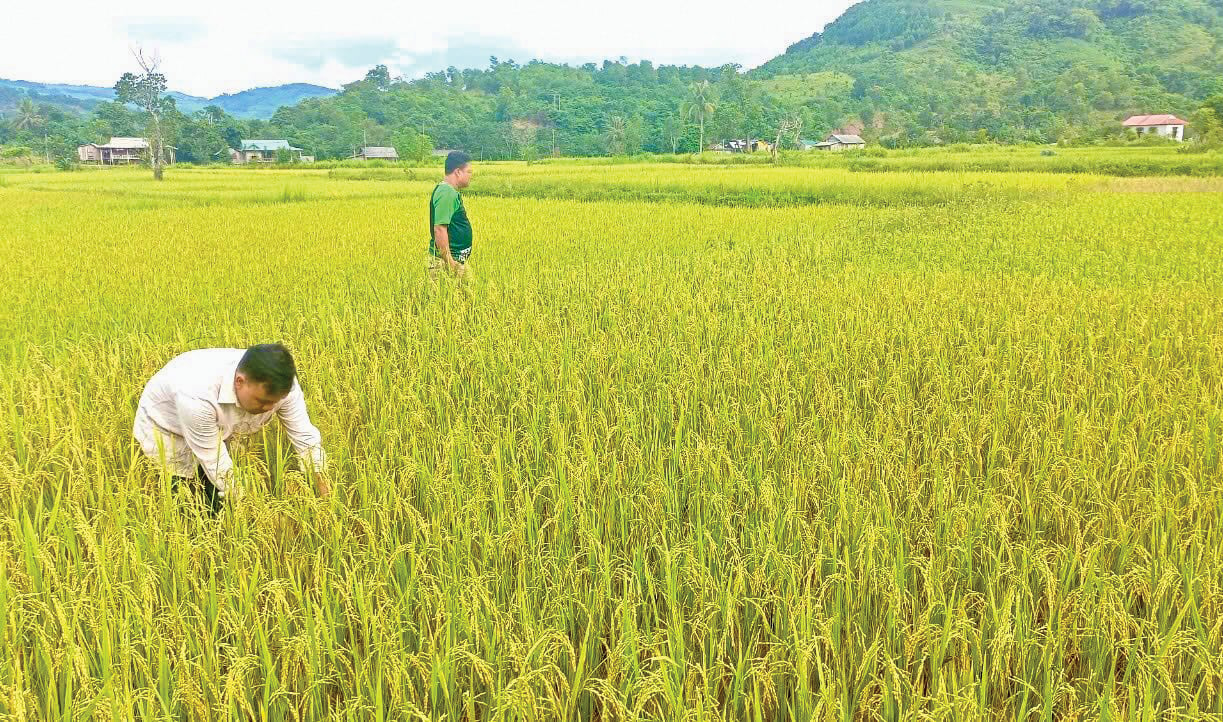
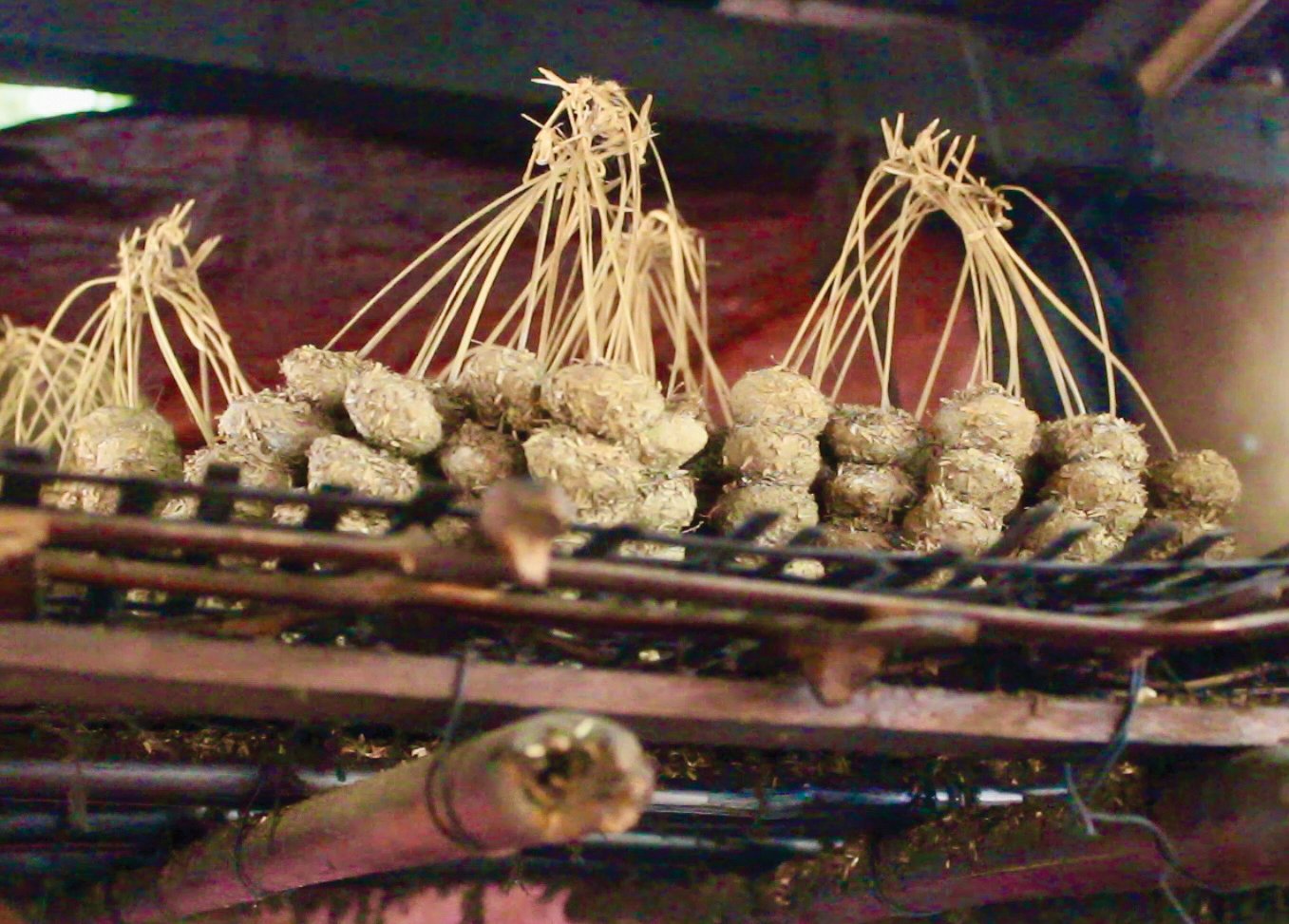
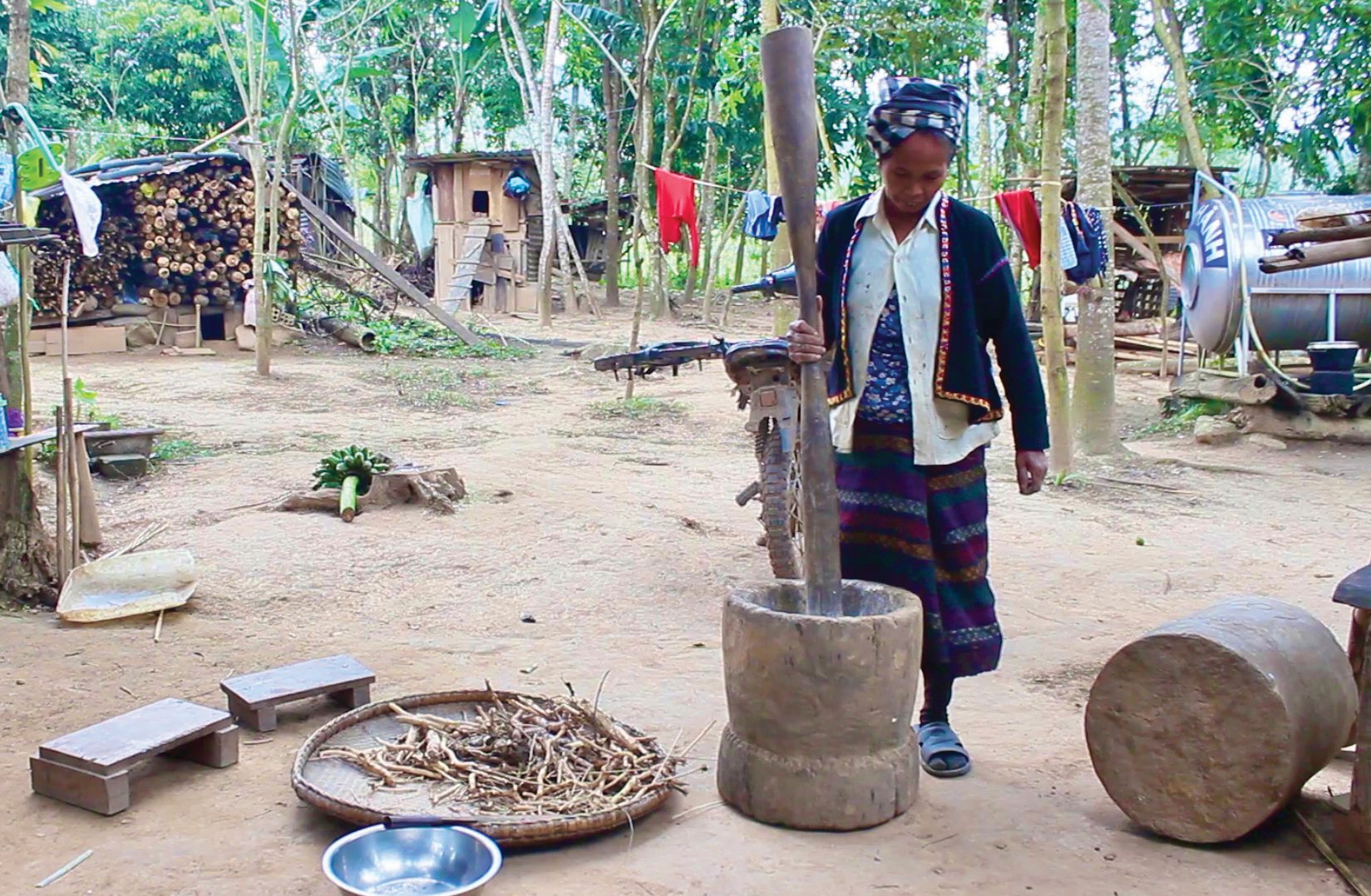

![[Photo] President Luong Cuong receives delegation of the Youth Committee of the Liberal Democratic Party of Japan](https://vstatic.vietnam.vn/vietnam/resource/IMAGE/2025/8/22/2632d7f5cf4f4a8e90ce5f5e1989194a)
![[Photo] President Luong Cuong attends special political-artistic television show "Golden Opportunity"](https://vstatic.vietnam.vn/vietnam/resource/IMAGE/2025/8/22/44ca13c28fa7476796f9aa3618ff74c4)


![[Photo] Prime Minister Pham Minh Chinh chairs the conference to review the 2024-2025 school year and deploy tasks for the 2025-2026 school year.](https://vstatic.vietnam.vn/vietnam/resource/IMAGE/2025/8/22/2ca5ed79ce6a46a1ac7706a42cefafae)
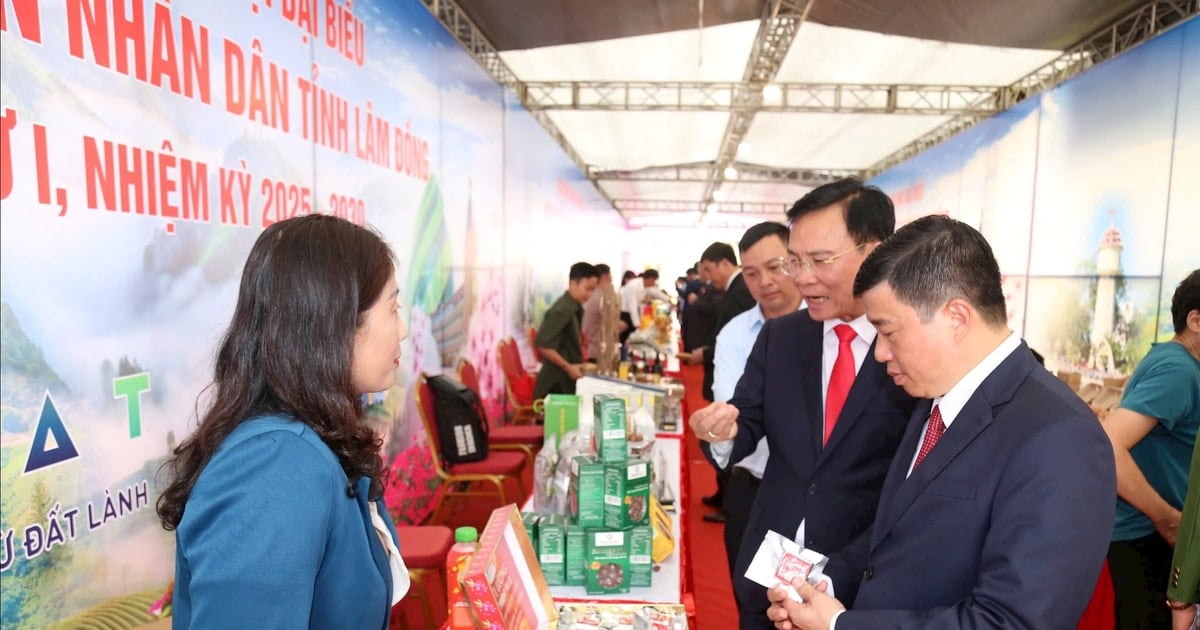



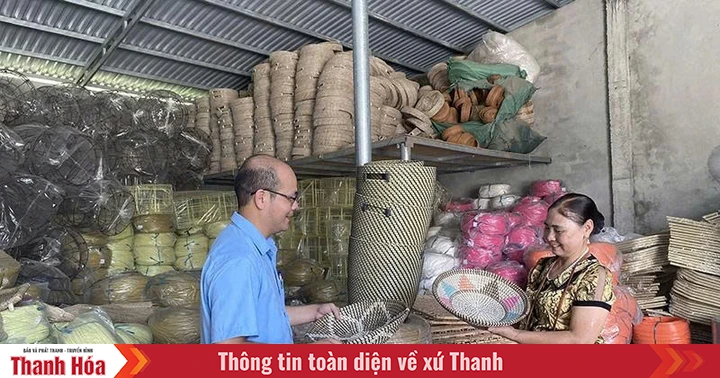





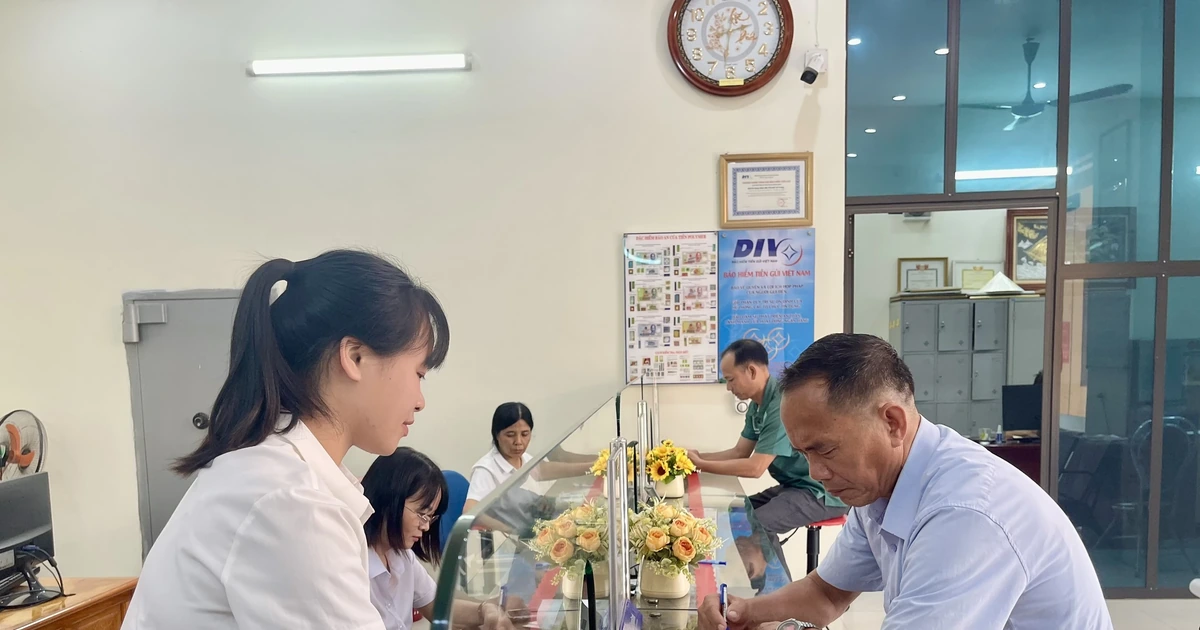


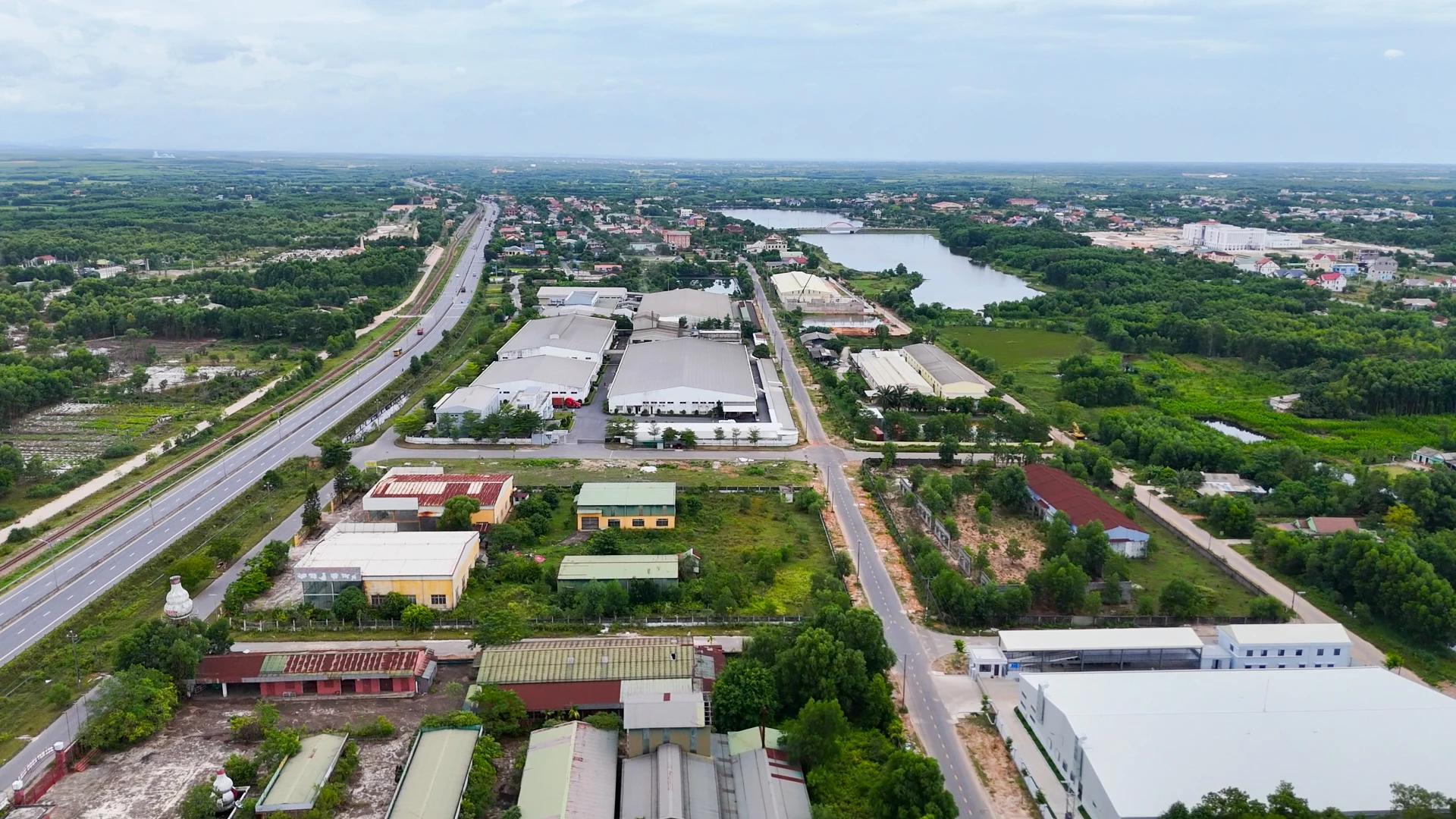
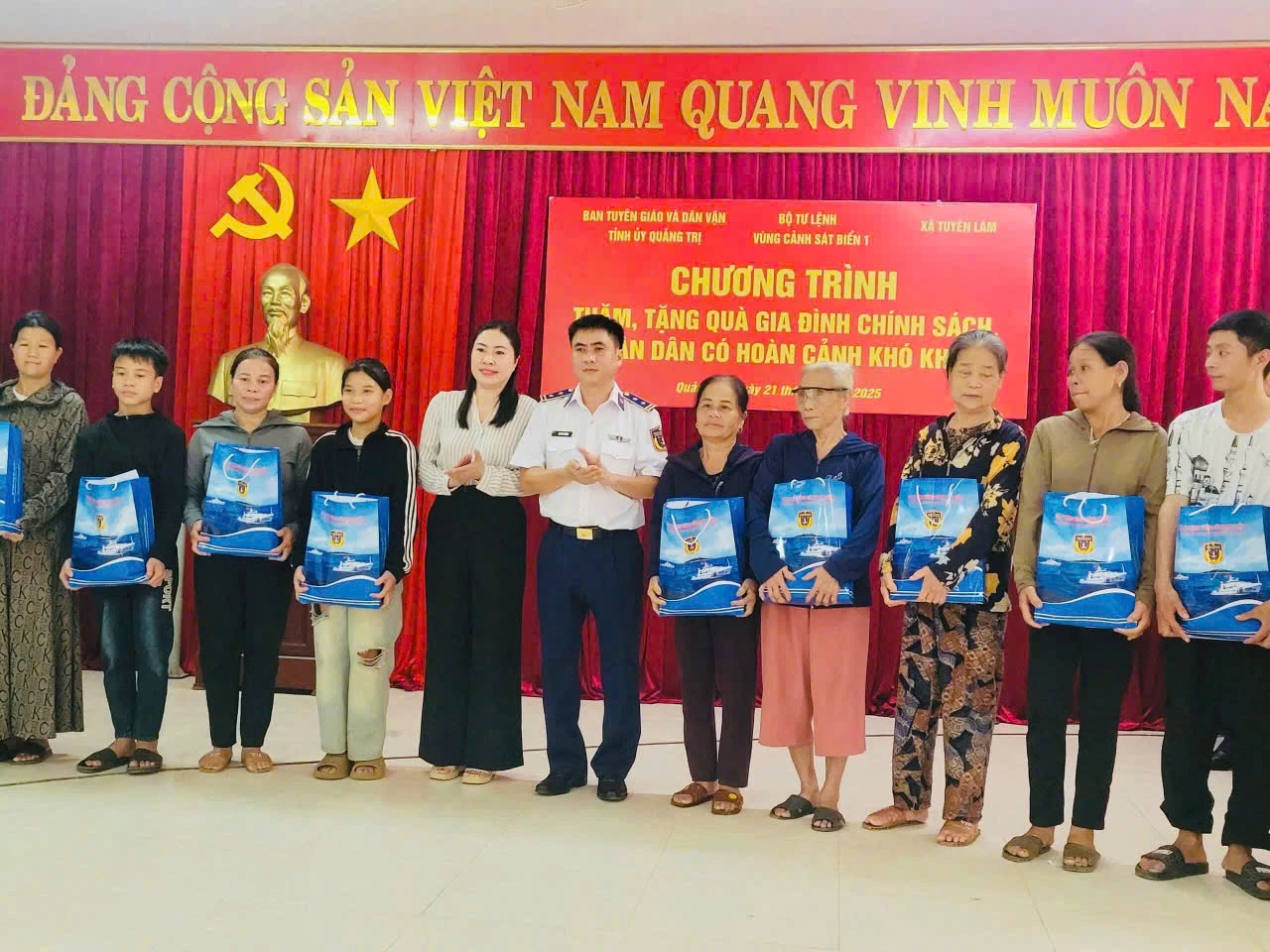
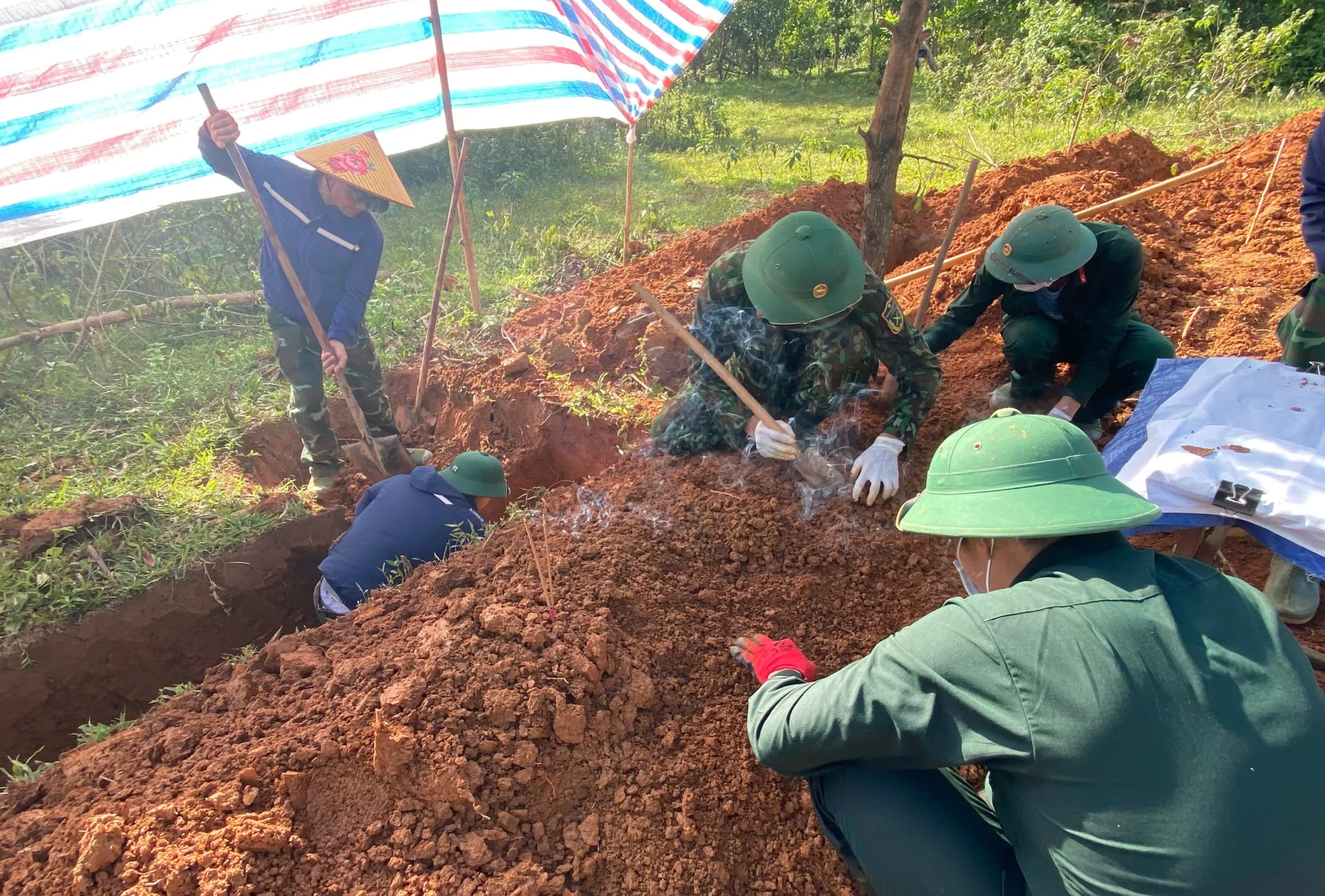
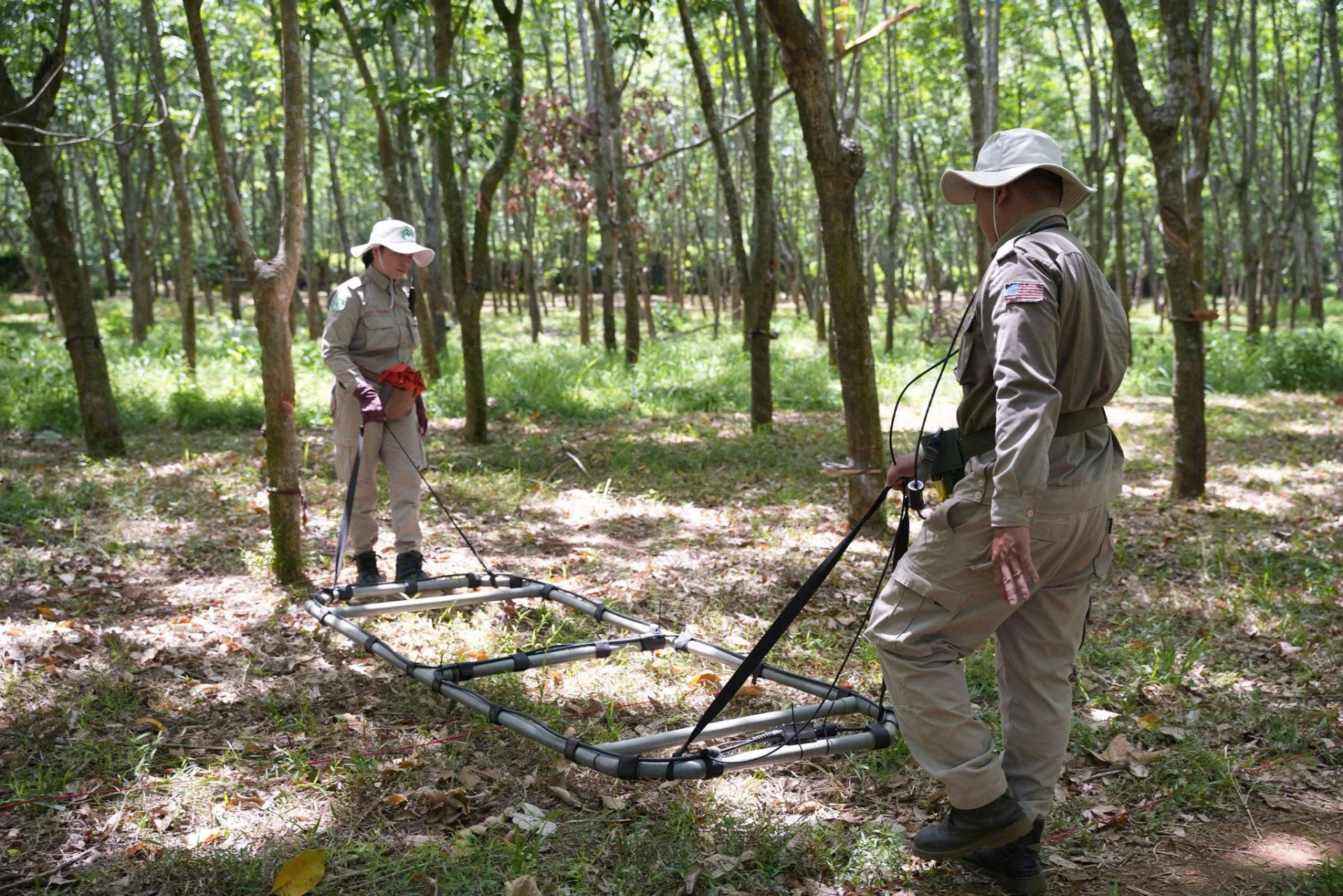
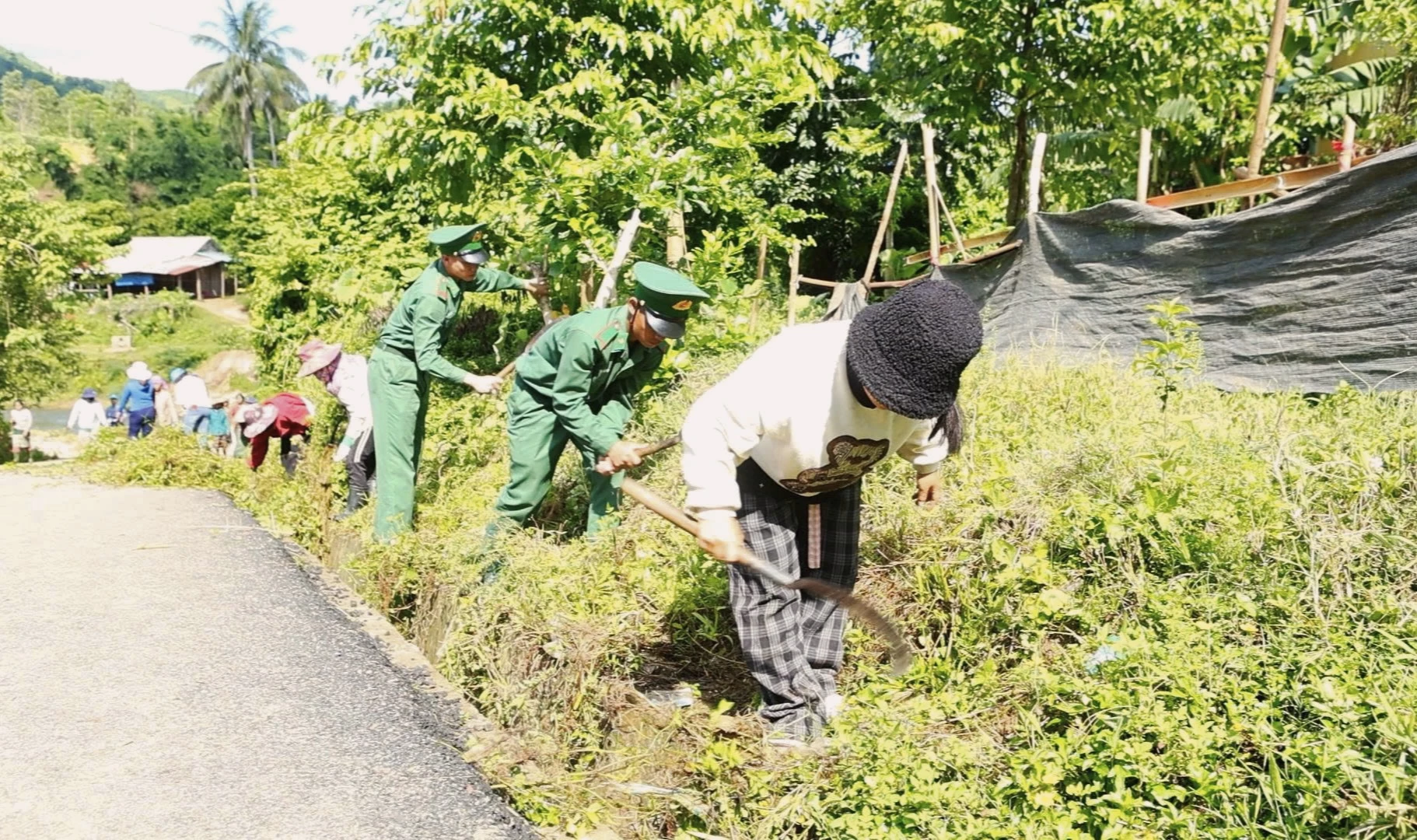




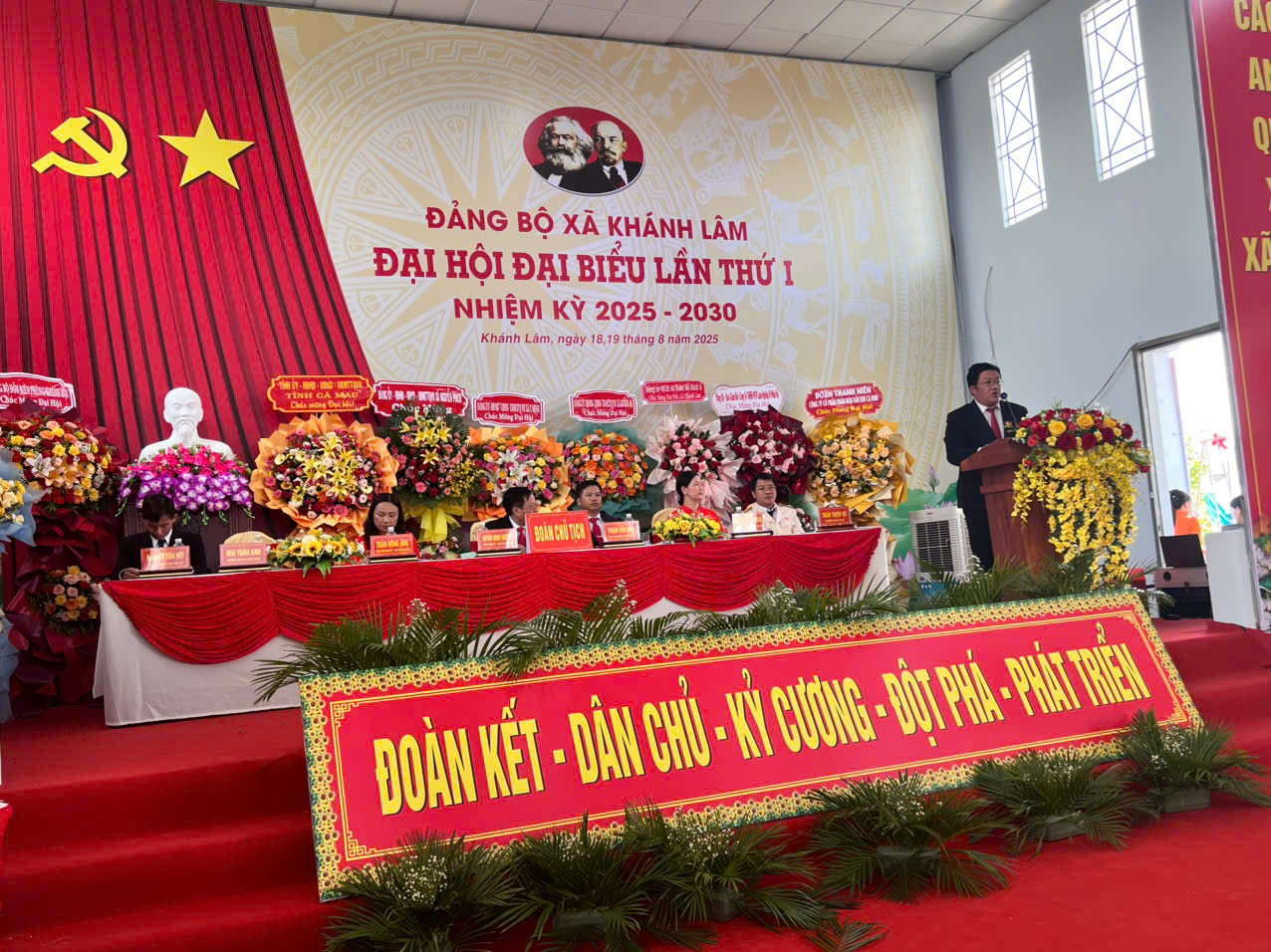
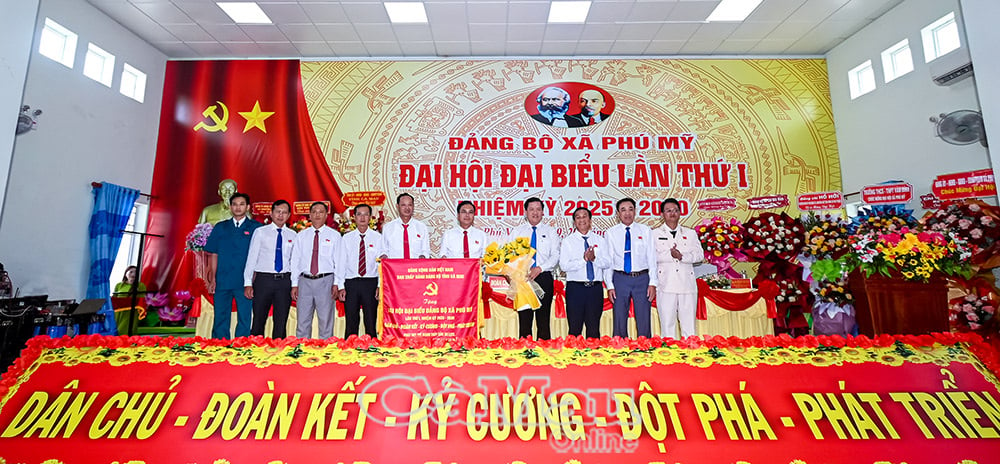

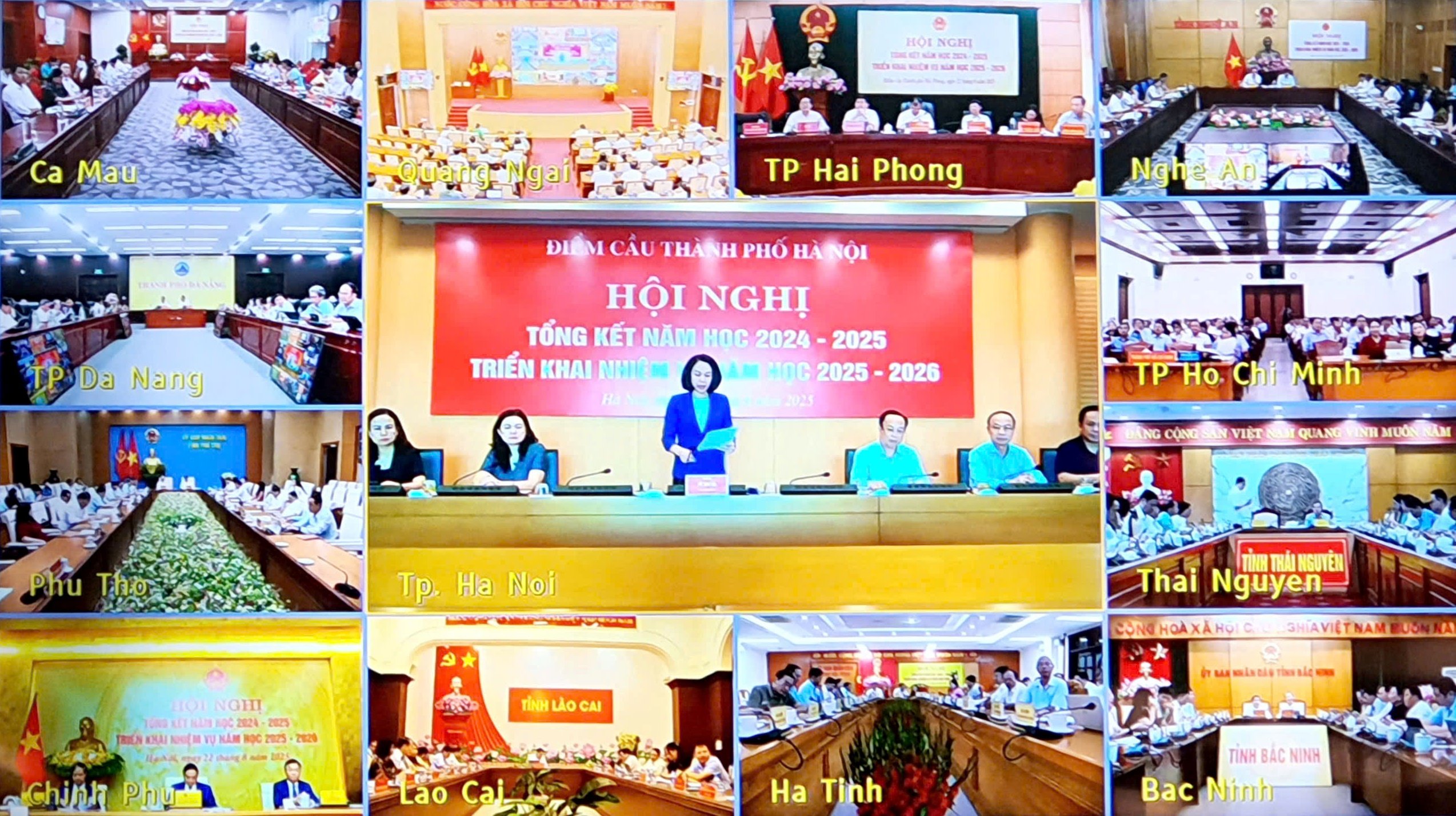





























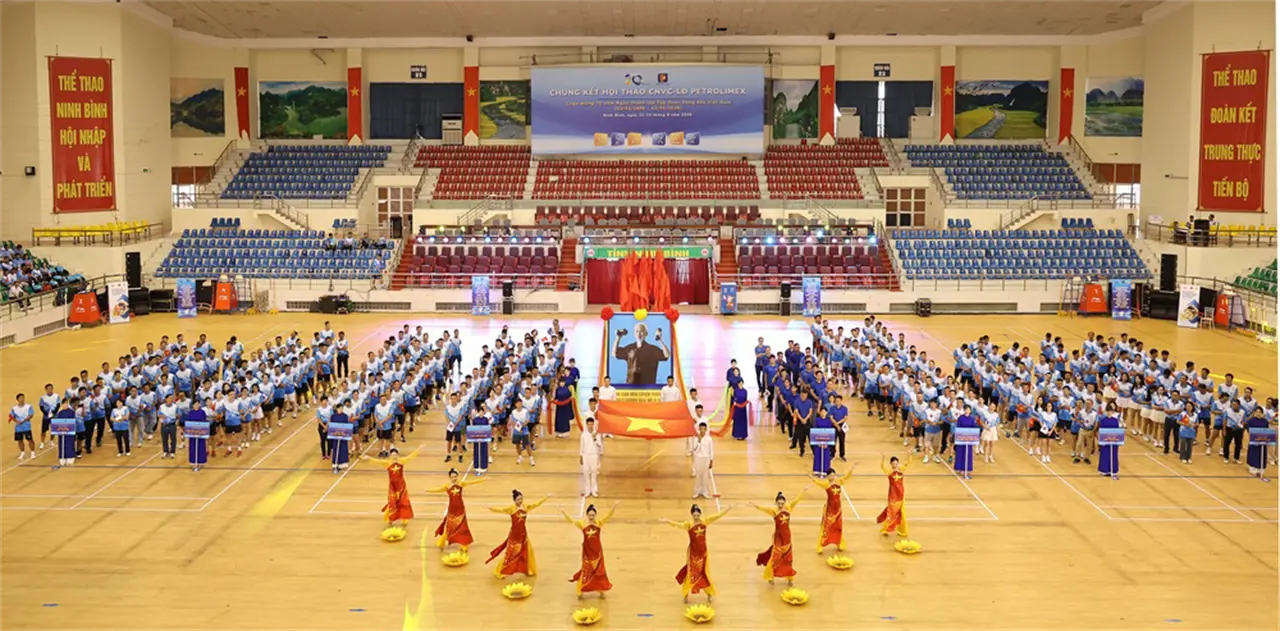










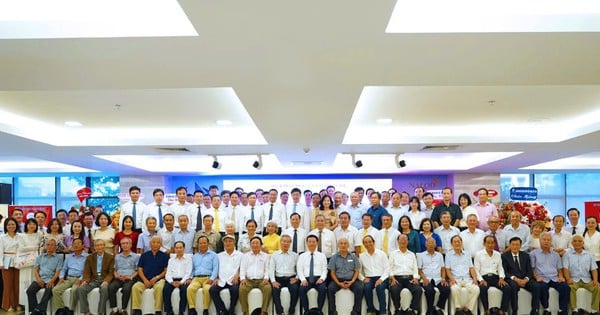

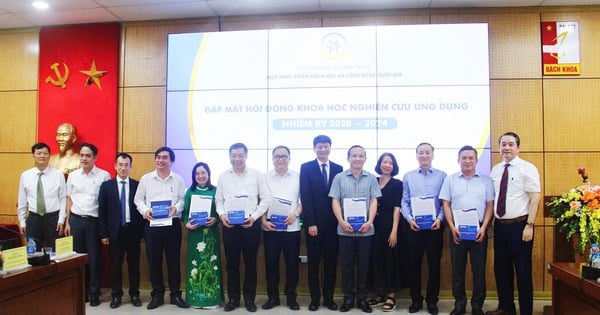




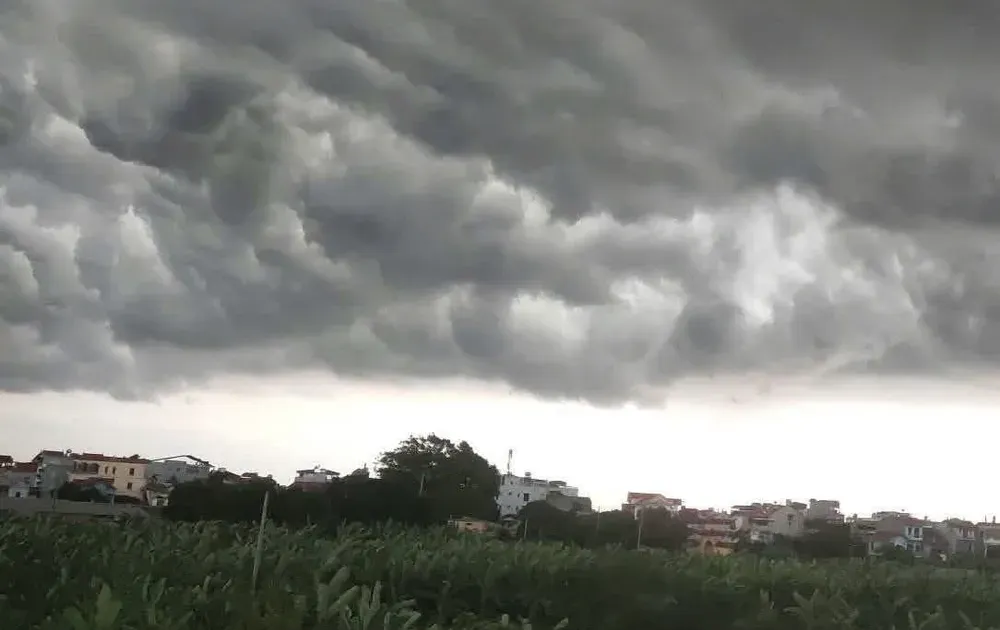


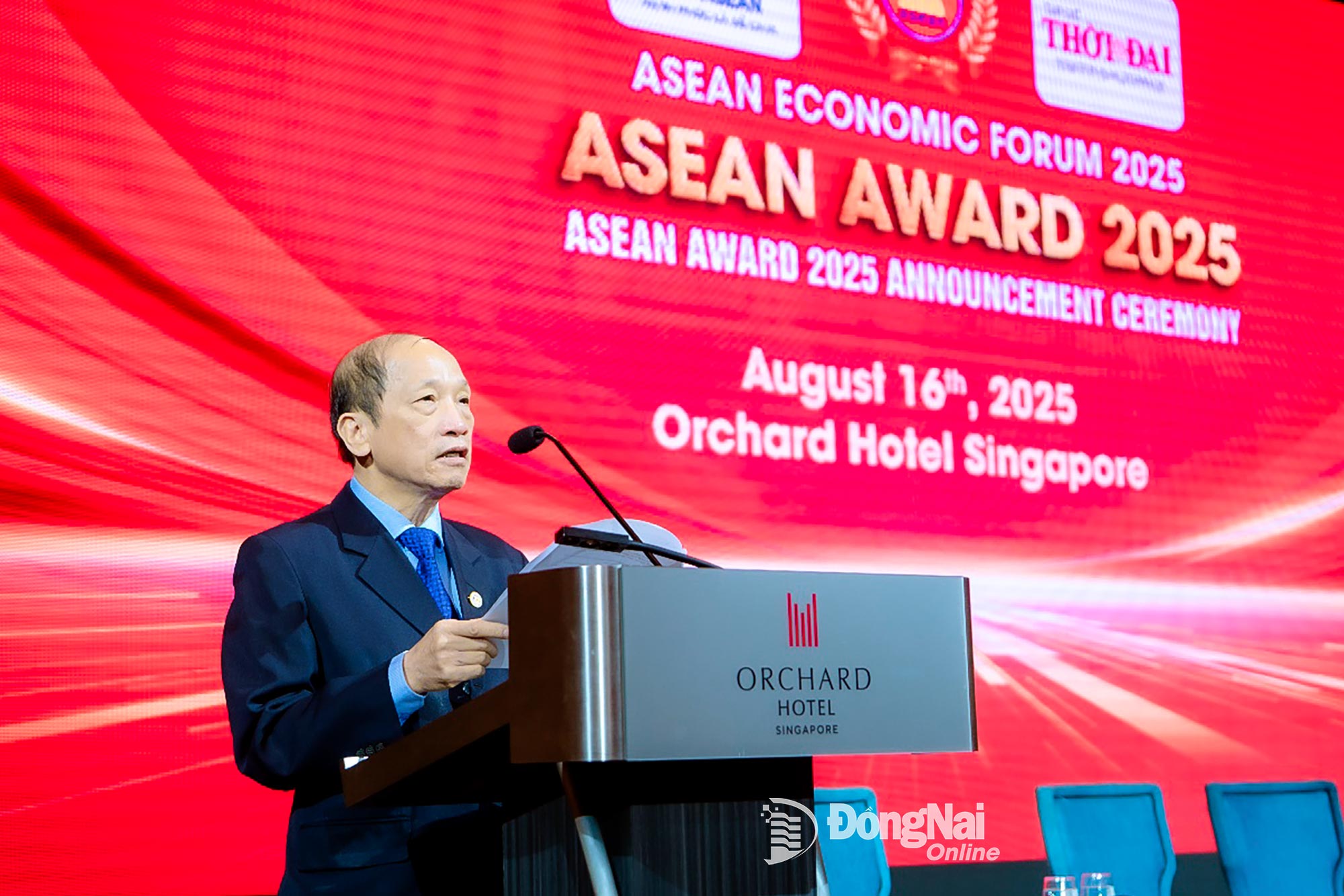

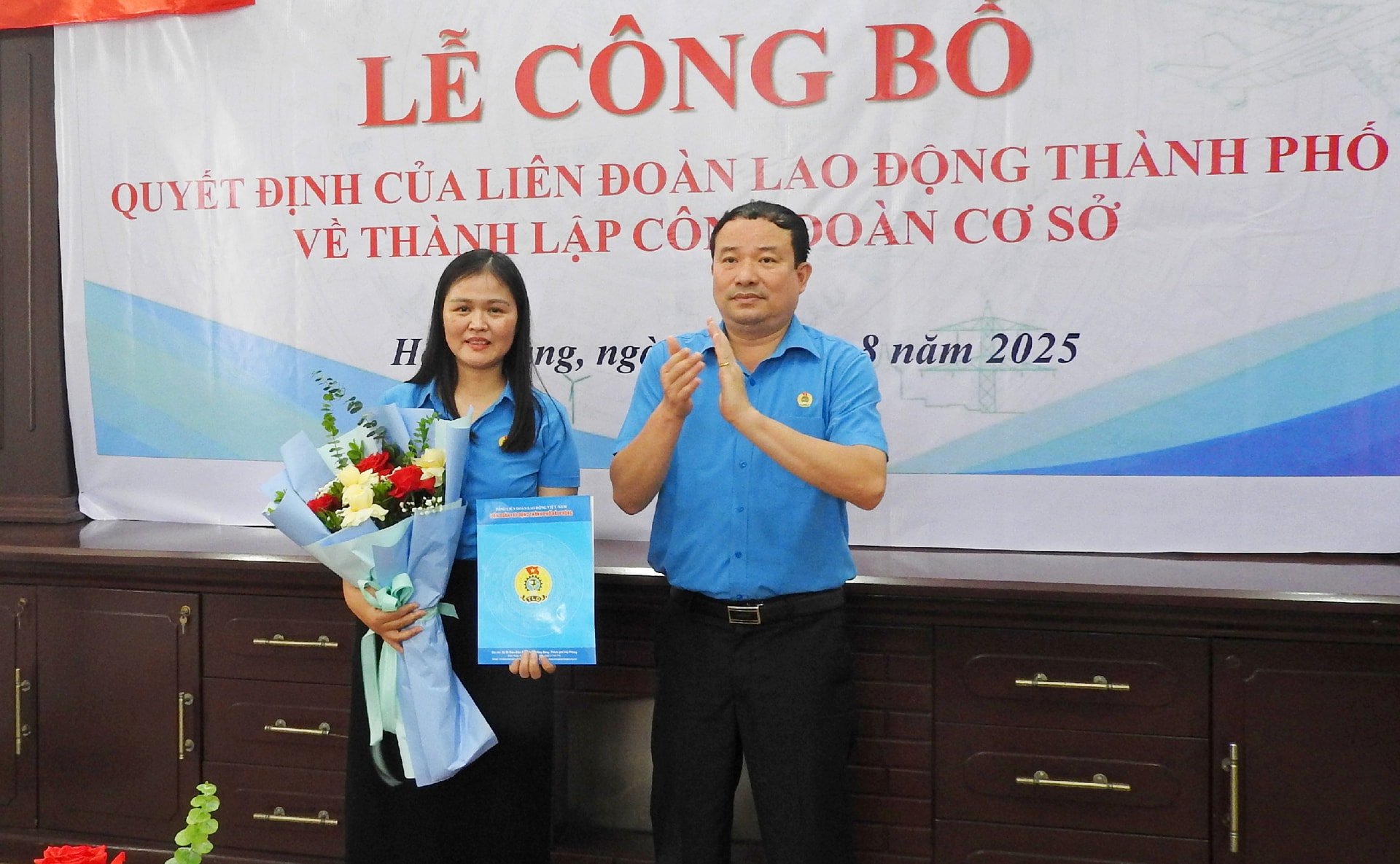

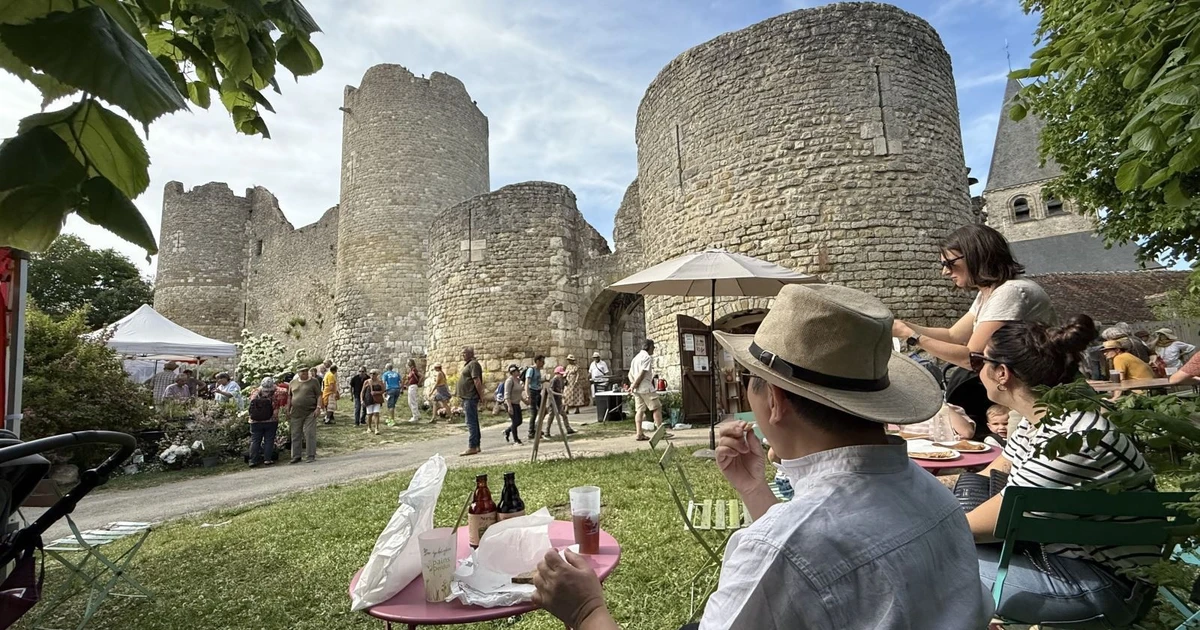















Comment (0)